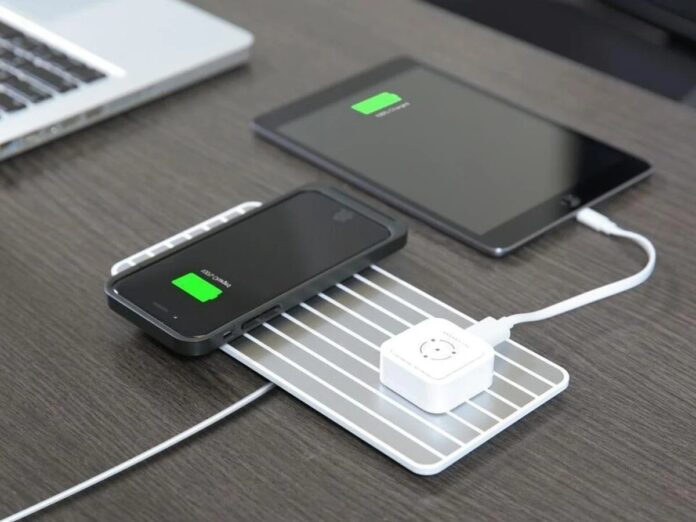Wireless technology has come a long way. From Nikola Tesla’s development of alternating current electricity to the introduction of the Qi wireless charging standard in 2010, many things have changed to help make our daily lives easier.
Welcoming Change
There are many possible applications of wireless charging technology. Among the most well-known are smartphones and wearable smart gadgets. Aside from these, various industries have also tried to include wireless charging features in their products. These include electric vehicles, medical devices, and power tools.
In our bid to make things more convenient, we are rapidly welcoming technological advancements. For charging, that means becoming wireless.
Despite the idea being introduced by Nikola Tesla many years ago, the actual application of the concept of wireless into the real world was not immediate. The world had to wait around a century for real-life applications.
How It Works
Compared to other technology, wireless can be considered to be in its early stages. However, constant innovation and research help it evolve dramatically. Further development is expected over the next few years.
Currently, wireless charging technology can be seen in various industries. These include smartphones, laptops, wearable gadgets, kitchen appliances, and electric vehicles.
But how does it work?
The idea is to transfer energy without relying on cables and cords. Instead, wireless charging follows the magnetic resonance (MR) principle or inductive power transfer (IPT). With this, energy from the charger is sent to a receiver using electromagnetic induction.
Nowadays, there are different wireless charging methods. Here are some of them:
- Radio Charging – This method is often seen in devices that use little power, such as smartphones, smartwatches, music players, wireless keyboards, and wireless mice, among others. If this is the method applied, the device is configured to the same frequency as a transmitter to charge the device through radio waves.
- Inductive Charging – It is often applied to medium-sized devices, such as music players, smartphones, tablets, and kitchen appliances. For this method, a wireless charging pad is necessary to provide electricity to the device.
- Resonance Charging – This type of charger is seen for items that require a significant amount of power, including computers, robots, vacuum cleaners, and electric vehicles. It involves a copper coil, which is tuned to the same electromagnetic frequency of the coil of the power source.
The Future of the Technology
While more prevalent in the mobile phone industry, the use of wireless charging technology is being explored in different industries. These include the automotive, healthcare, and manufacturing industries.
As more of our things rely on electricity, wireless charging is a dependable option. In fact, many public areas have embraced the need for wireless chargers. For instance, inductive charging has become available to many universities, airports, and restaurants.
As we see progress, one cannot help but wonder what the future brings. So, what can we expect in wireless charging as we look towards the future?
For starters, access to wireless charging may become easier in public spaces. Hotel rooms, flights, and lobbies will provide access to wireless chargers. Offices may also follow.
When it comes to advancements, two priorities may be accomplished in the future.
- Increased Speed
Current wireless charging pads typically reach a maximum output of 15 watts. In the future, many anticipate a maximum capacity of 40 watts. That means more than double or around 2.5 times faster.
- Distance Charging
Imagine not having to get near a plug socket to power up your phone battery. That is what is expected of wireless charging technology. While available technology offers limited distance, the future will be different. Many scientists and researchers are studying how to make it possible to charge a battery using over-the-air charging. In fact, many companies are starting to bring in this concept. However, further studies are conducted to expand the reach of the charger.
Advancement is part of technological development. That is also the case for wireless charging technology. While still in the early stages, constant research and experimentation promise more convenience for us in the future.





